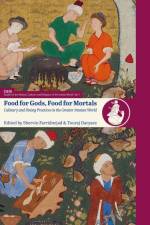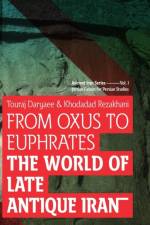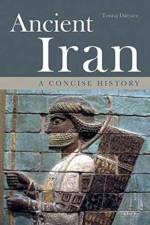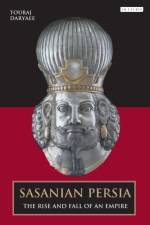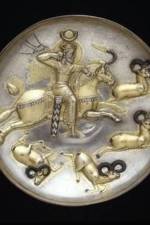Bøger af Touraj Daryaee
-
683,95 kr. ¿IST¿: Studies in the History, Cultures and Religions of the Iranian Worldis concerned with history as well as religious and cultural aspects of the Iranian and the Persianate world, with a special emphasis on 'niche subjects' that seldom gain the interest of the scholars of Iranian Studies. The underlying presupposition is that the study of the Iranian world, from antiquity to the pre-modern era needs to be located within cultural and social analysis, situating historical and religious traditions within the broader cultural and geopolitical dynamics within which those traditions are located.Giventhefocus on thesocial, religiousandculturalcontext, thisserieencouragesspecificallycross-disciplinaryresearcheswith a broaderapplication of theoreticalandmethodologicaltoolstothestudythe Iranian world. A keyaim of thisseriesistohelpfacilitategreatercross- and inter-disciplinaryworks, bringing togetherthosewhostudyhistory, socialhistory, art, archaeology, philology, andliterature.
- Bog
- 683,95 kr.
-
- Bog
- 211,95 kr.
-
- Bog
- 354,95 kr.
-
- The Rise and Fall of an Empire
289,94 kr. The Sasanians were the last of the ancient Persian dynasties, and the preeminent practitioners of the Zoroastrian religion. This book provides an account of Sasanian Persia. It offers an examination of a period of history that still has great significance for a full understanding of modern Iran.
- Bog
- 289,94 kr.
-
- Sacred History and the Historiography of Ancient Iran
1.021,95 kr. The Sasanian Empire was one of the most significant empires of late antiquity. As the dominant force in the Middle East, spanning Egypt, India and Mesopotamia, the Sasanian kings from Ardashir I (224CE) ruled an imperial, centrally administrated, multi-lingual state.
- Bog
- 1.021,95 kr.

